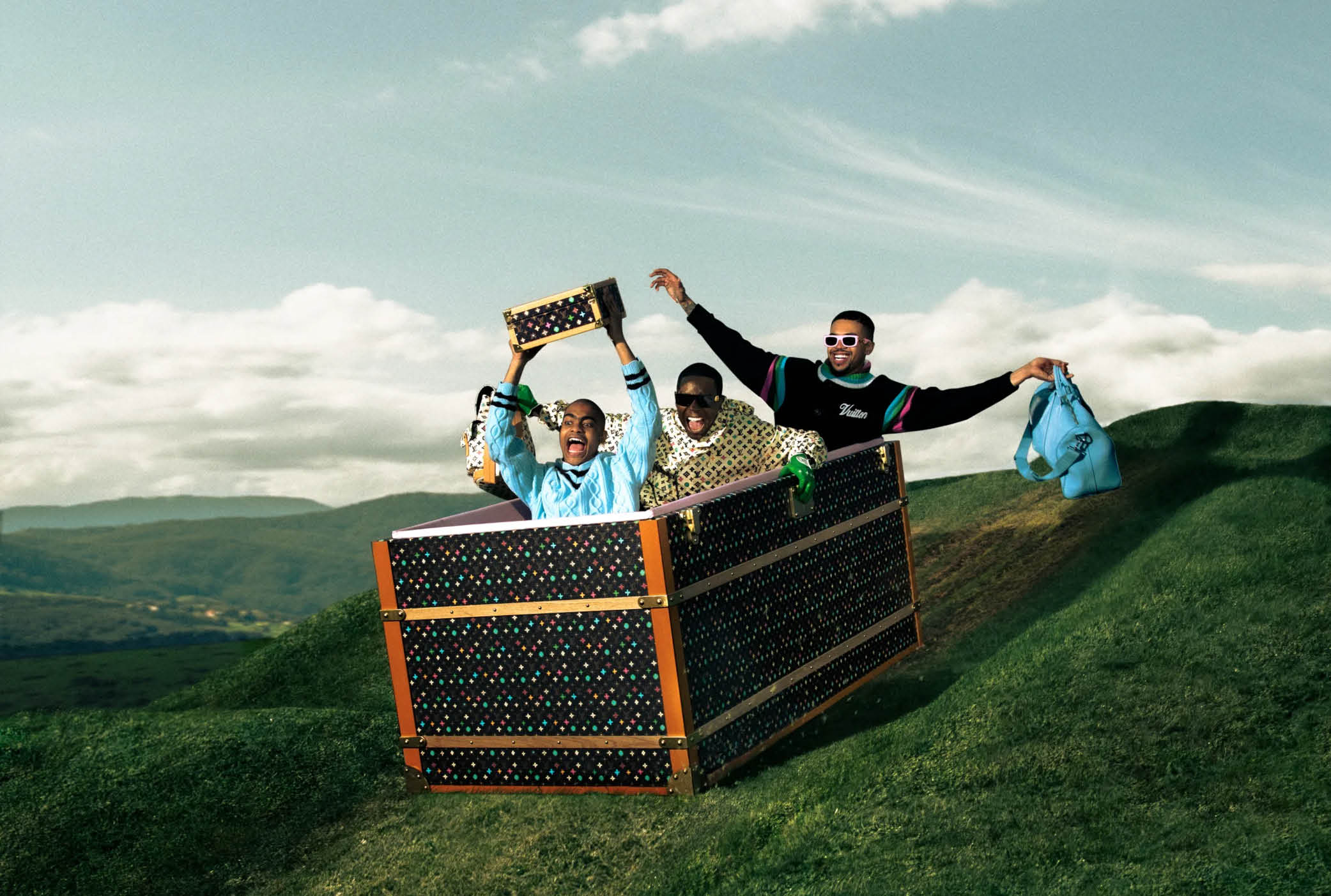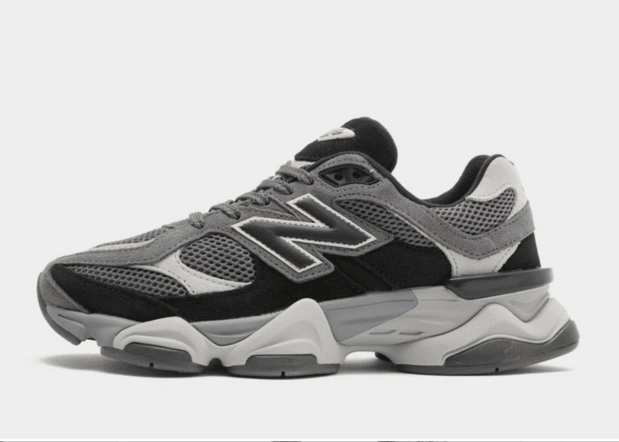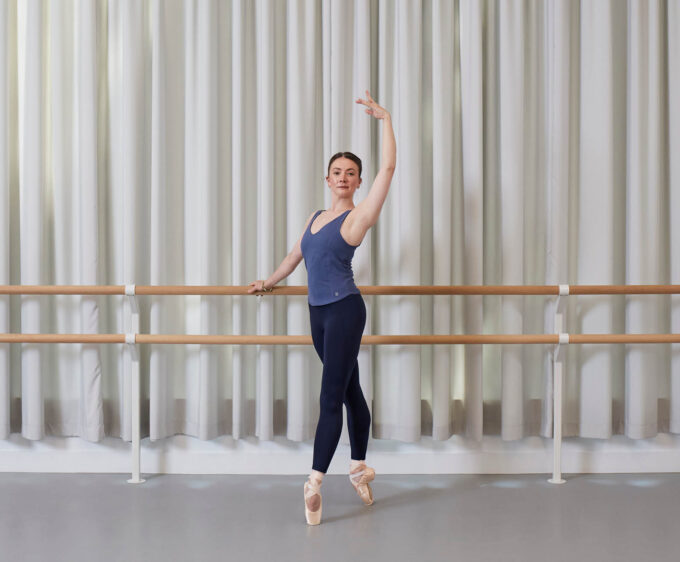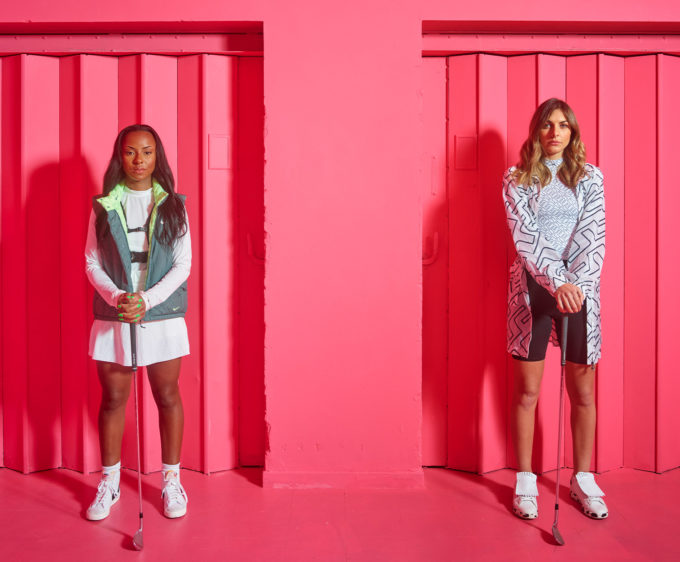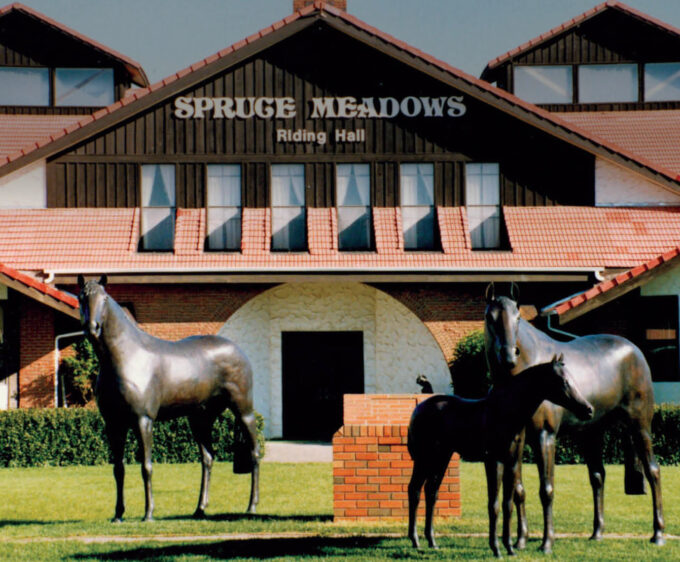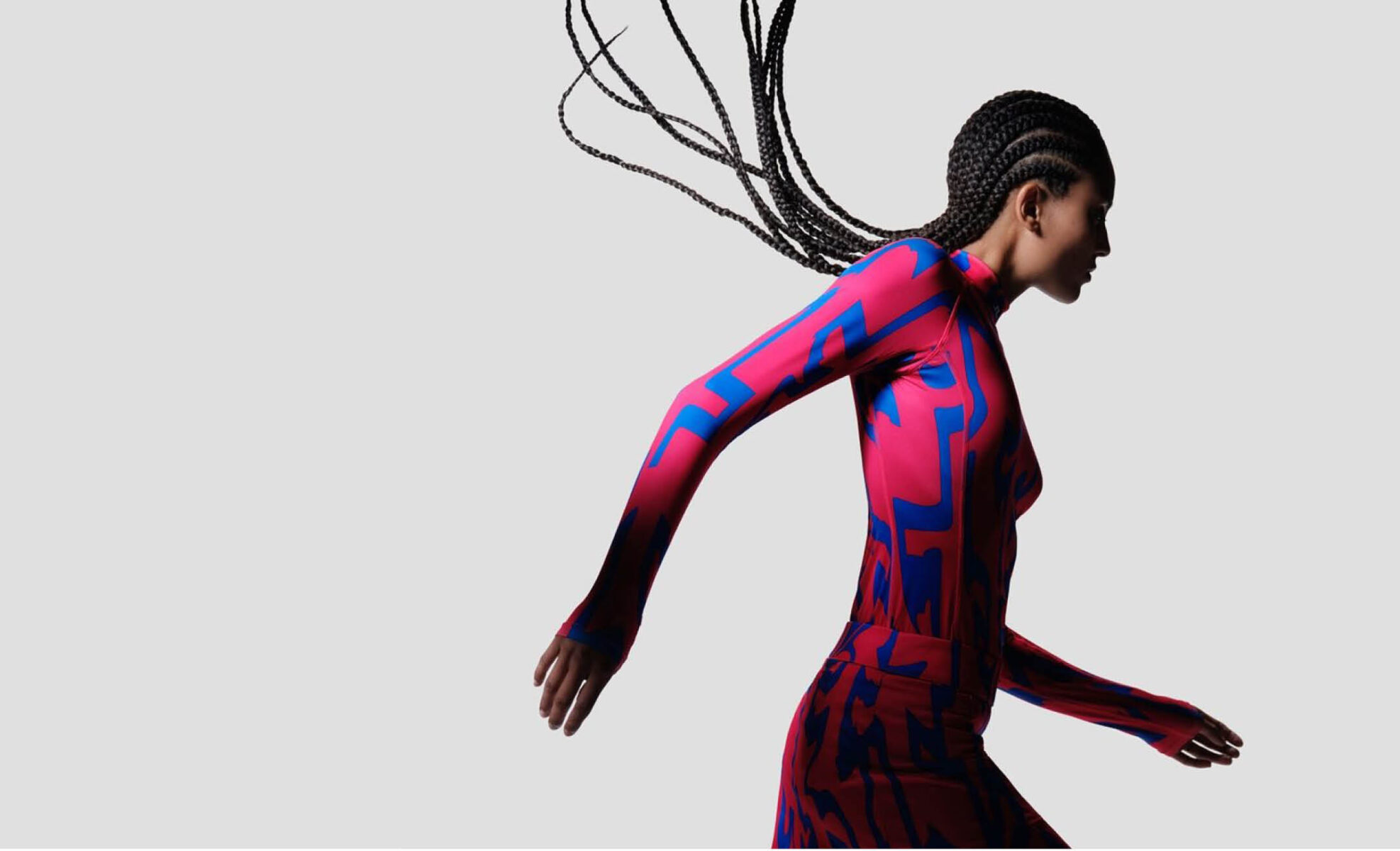
Is Golf The Ultimate ‘Cool Girl’ Sport?
Golf: A traditional, boring game? Or the ultimate cool girl activity? An investigation into the game through the eyes of a 29-year-old fashion journalist, who’s traded cocktails for clubs (well, almost).
By Josie P
Golf: (as defined by the Oxford English Dictionary) “A game played on a large open-air course, in which a small hard ball is struck with a club into a series of small holes in the ground, the object being to use the fewest possible strokes to complete the course.”
Golf, as defined by me, a 29-year-old fashion journalist: “An old-school, slow, traditional game that is extremely frustrating, involves an unfathomable amount of technique and patience, and is rooted in outdated gender perceptions where men rule supreme.”
It’s true. That’s exactly what I thought—or thought, I thought—if someone had asked me about golf at the beginning of 2024. My experience was mostly limited to family holidays in the Algarve, where I’d reluctantly caddied for my brothers. For me, golf was never the highlight. It was more about driving the buggy, soaking in some fresh air, and sneaking a glass of wine with my mum while my brothers bickered over which club to use. But now, I find myself questioning whether I’ve judged the sport too harshly. Could golf actually be the ultimate cool girl activity? Could I learn to love the very sport I’ve always dismissed as slow, traditional, and, frankly, not my scene?

My scepticism towards golf stemmed largely from those early family holidays and the sense that it was always a “man’s game.” Growing up, it was something for dads, uncles, and brothers. The women in my family would lounge by the pool or head to the beach while the men disappeared for hours, returning sunburnt and bragging about their handicaps. It felt very traditional, very old-fashioned, and, well, very boring. But times have changed, and now I’m wondering if I have too.
Charley Hull—brilliant, bold, and unapologetically herself—caught my attention earlier this year. Watching her strut down the fairway, cigarette in hand, after hitting a ball perfectly straight, I saw something different in the sport. Here was a young, dynamic woman dominating a game I’d previously written off as stuffy. She made golf look fun and fashionable, which got me thinking: if she can make it look this appealing, maybe I should give it another chance?
On a daily basis, in my job as a fashion journalist, I’m surrounded by runway shows, look books, magazines and rails upon rails of clothes. Golf’s influence has been creeping into menswear collections for years largely due to the meteoric rise of streetwear transitioning from well, the street, to high fashion, gracing everything from Vuitton catwalks to backs of every well dressed man in town. From Tyler, the Creator’s latest collaboration with LVMH to Drake’s Nike line NOCTA, it’s been everywhere. Also of note, Tyler founded GOLF WANG in 2011, the American streetwear brand that is often inspired by fairway fits. In recent years, it’s begun to influence women’s wear as well. Brands like Lacoste and J. Lindeberg, who have long been associated with ‘golf-wear’, are now crossing over into mainstream fashion, offering clothes that look just as at home in the pub or at a meeting as they do on the golf course. Gone are the days of frumpy khakis and ill-fitting polos. Golf fashion has evolved, and I can just as easily be found browsing the pages of Tory Sport and G/FORE as I can The Outnet. Now, I’m seeing sleek skirts, perfectly tailored trousers, and fitted polos that transition effortlessly from the fairway to brunch. In fact, I could easily see myself wearing some of these outfits even if I didn’t set foot on a course.
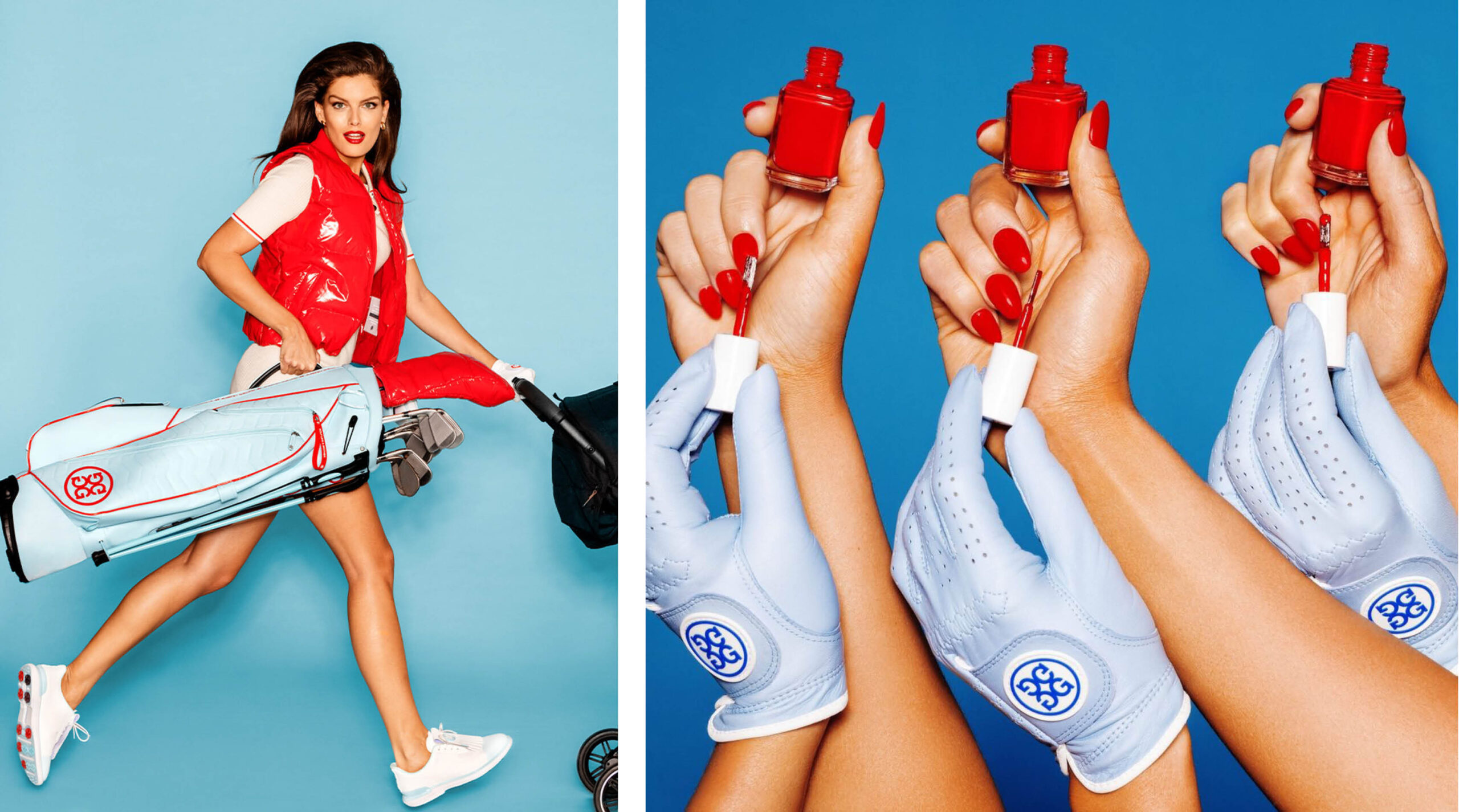
Charley Hull isn’t the only woman giving golf a facelift. There’s also Georgia Hall, whose calm precision and resilience have been inspiring to watch in tournaments like the Women’s British Open. Hall and Hull, along with golfers like Leona Maguire, Lydia Ko, Linn Grant and Nelly Korda, have given golf a fresh, exciting narrative. It’s no longer just about the men on the PGA tour. Women are stepping up, and they’re doing it in style. Lydia Ko, for instance, became the youngest person ever to win a professional golf tour event at the age of 14, and Nelly Korda’s effortless swing has taken her to World No. 1, inspiring women all over the world to pick up a club. Their successes have made golf more visible, more exciting, and far more appealing to a younger, more diverse audience.
Still, despite all this inspiration, I had my doubts. Sure, I’d swung a club a few times, but I’d never committed to a full round. Could I really enjoy this sport? To test the waters, I gathered my closest friends for an afternoon at the driving range—a sort of initiation into the world of golf. My friend Anna, who had been badgering me to try golf properly for years, was already there when I arrived, looking annoyingly comfortable with her clubs. “You’ll love it,” she said confidently as we ordered coffees at the clubhouse. I wasn’t convinced, but I was willing to give it a shot.
My first few swings were predictably tragic. Mortifying, in fact. Watching Anna nail a drive in a perfect straight line is one thing, but watching your own ball dribble off the tee and into the lower range, where ten-year-olds are hitting 200-yard drives like it’s nothing, is another. Still, there’s joy in small victories. By the middle of my first bucket of balls, I hit at least one decent shot. It felt satisfying, even if my form was still all over the place. My friends cheered me on, and in that moment, I caught a glimpse of what golf could be: not just a solitary sport of quiet reflection, but a social one where you laugh at your failures, celebrate your successes, and enjoy the company of your mates.
Over the next few weeks, the driving range became our regular Sunday morning activity. It wasn’t about perfecting our swings (though I did manage to improve slightly); it was about the experience. We spent hours hitting balls, laughing at each other’s questionable technique, then headed back to the clubhouse for coffee, where the conversation drifted more towards life than golf. It became less about mastering the game and more about spending quality time with my friends, bonding over something new and learning together—rather than sitting in a pub with a bottle of wine or spending a small fortune in a trendy ‘small plate’ restaurant.
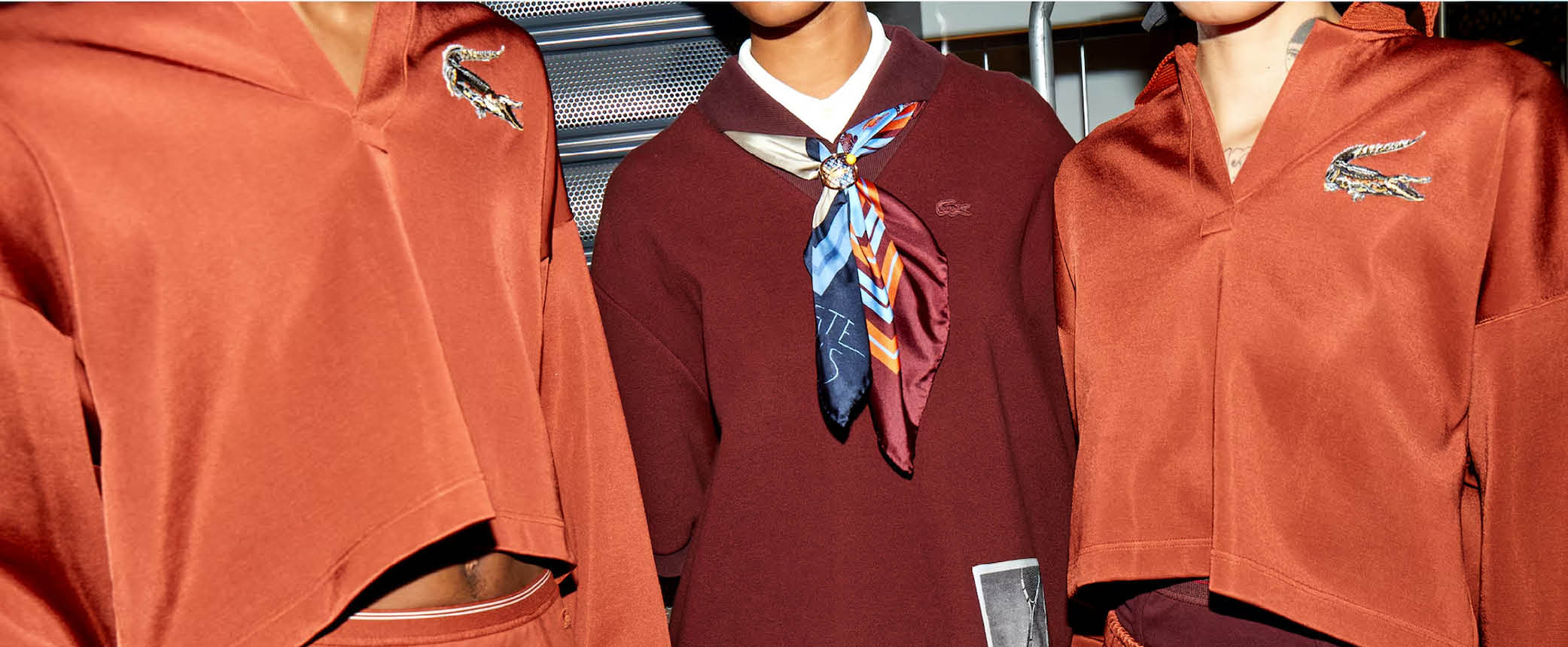
learning
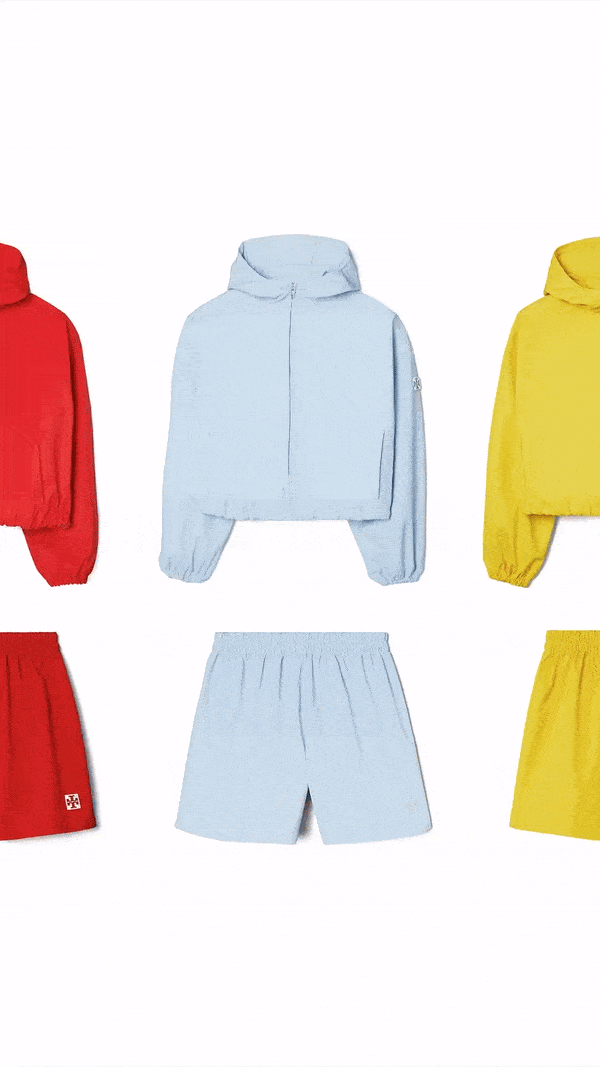
As my interest in golf grew, it started creeping into my social media feed. It felt like TikTok had picked up on my newfound hobby (I’m convinced TikTok listens to everything; find out more in Is an Algorithm Choosing My Workout? on Glorious). Suddenly, my feed was filled with glamorous women in LA smashing balls at Top Golf, cool girls in Japan teeing off in full-face visors, and the mega-rich hitting golf balls off yachts. Golf’s cultural evolution isn’t just happening on the green—it’s unfolding online too. TikTok and Instagram have played a massive role in reshaping golf’s image, making it fun, glossy, and accessible to a younger, trend-conscious audience. Social media has managed to transform a sport once seen as mundane and exclusive into something Instagram-worthy and inclusive. Fashion brands have leveraged social media to tap into golf’s revival. They’ve shown us that you can be sporty, stylish, and part of a growing trend.
Despite social media breaking down some of golf’s exclusivity, the old boys’ club mentality still lingers in certain places. Female golfers may make the sport look glamorous and empowering, but stepping into a local club for the first time can still be intimidating for women.
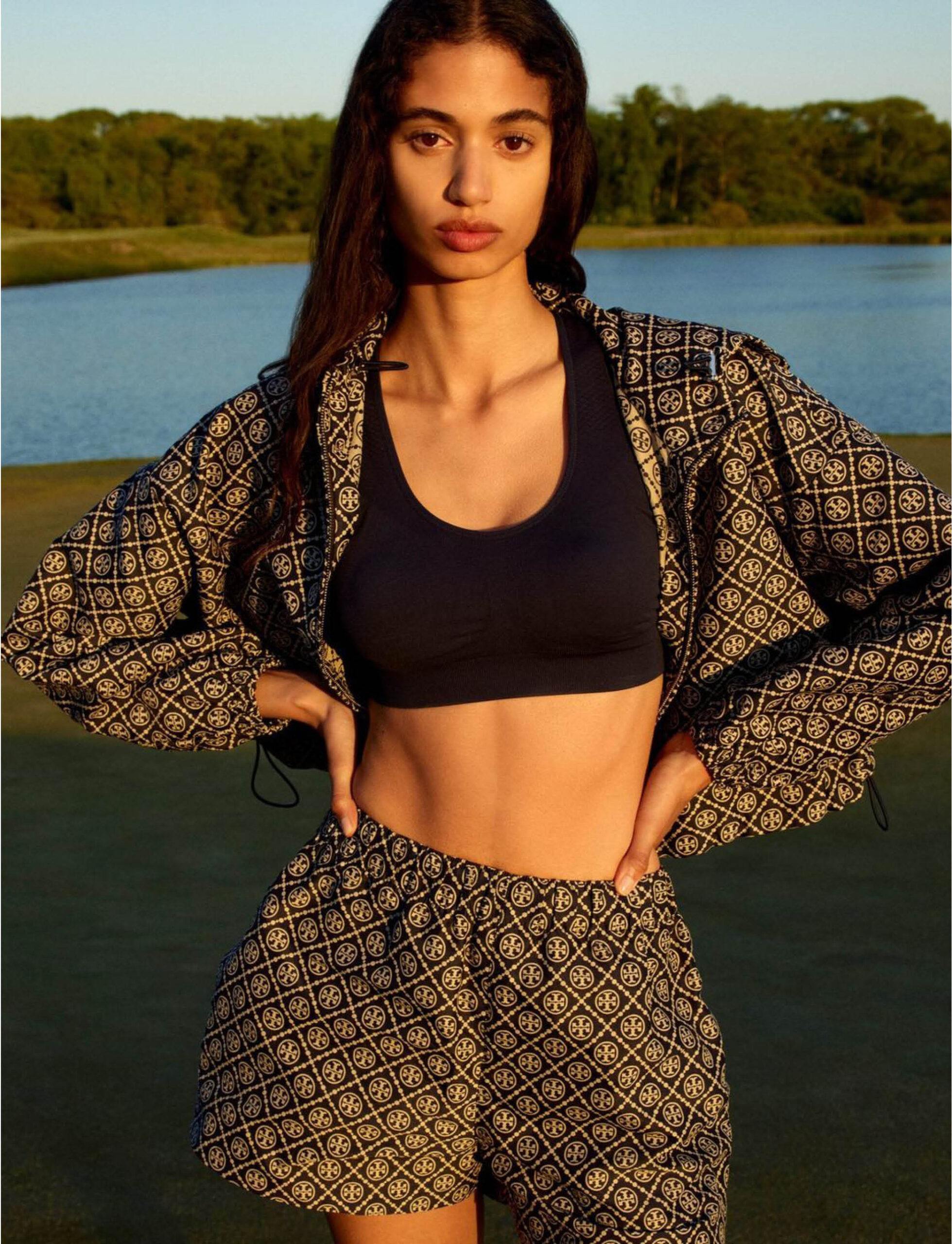
“It’s about breaking down old traditions,” my former school teacher Lisa told me as I (literally) bumped into her at the clubhouse at Royal Wimbledon. “Why shouldn’t I take up space here?” she asked, adjusting her glove. “I’ve been playing for 40 years, and I know everyone here, but I understand why it’s intimidating for women. You pay a small fortune to play, and the moment you step onto the first tee, you feel those eyes (mainly male) watching, quietly judging your swing. It’s nerve-wracking, but that’s why we need more women. We need more visibility.”
I had been challenged by my brother to show him how much my golf game had improved since I’d been bragging about my newfound love for the sport. As I went to tee off, I admitted to my brother that I felt intimidated, but he reassured me. “They aren’t watching you. They couldn’t care less!” I shot him a look, “I bloody know they are! You’re just being polite.” He fired back, “And what? Honestly, and what?! Do you care what a random 60-year-old insurance broker thinks about you? F**k him! Pull yourself together.” I laughed. I hit an awful ball. We both laughed.

We circled back to the conversation on the third hole. He seemed genuinely impressed with the improvement in my game, and in a touching moment, told me how proud he was of me for trying something new and putting myself out there. He didn’t mock me or overstep with advice. Instead, he quietly encouraged me. “I get why you were worried,” he said, “I know you think they’re all looking at you and judging you, but 9 times out of 10, they aren’t. Yes, there are still outdated views in some clubhouses, but especially here, if someone makes a sexist comment about female golfers, it’s shut down pretty quickly. Clubs are evolving, and they know they have to encourage more women into the game. Most clubs won’t tolerate any negative language about female players.”
Afterwards, we returned to the clubhouse and were joined by his friend for a beer. “These golf clubs will literally die if they don’t get more women playing,” his friend remarked. “My mum, aunts, and their friends all play golf, but [the younger generation] my sister, her friends, my girlfriend—none of them play. Honestly, I can’t think of anything better than playing a round with a mixed group of friends, but I don’t know how we make that happen.” I get it, I genuinely think this could be a really fun afternoon with friends—catching up, laughing, chatting, teasing, a bit of friendly competition. But the data backs up what he’s saying. A 2023 study by Golfcare found that while 20% of men in the UK have played golf in their lifetime, only 7% of women have done so. Of the women surveyed, 64% said golf “wasn’t their thing,” compared to 41% of men. This gap highlights the need for more encouragement and inclusion in the sport[1].
evolving
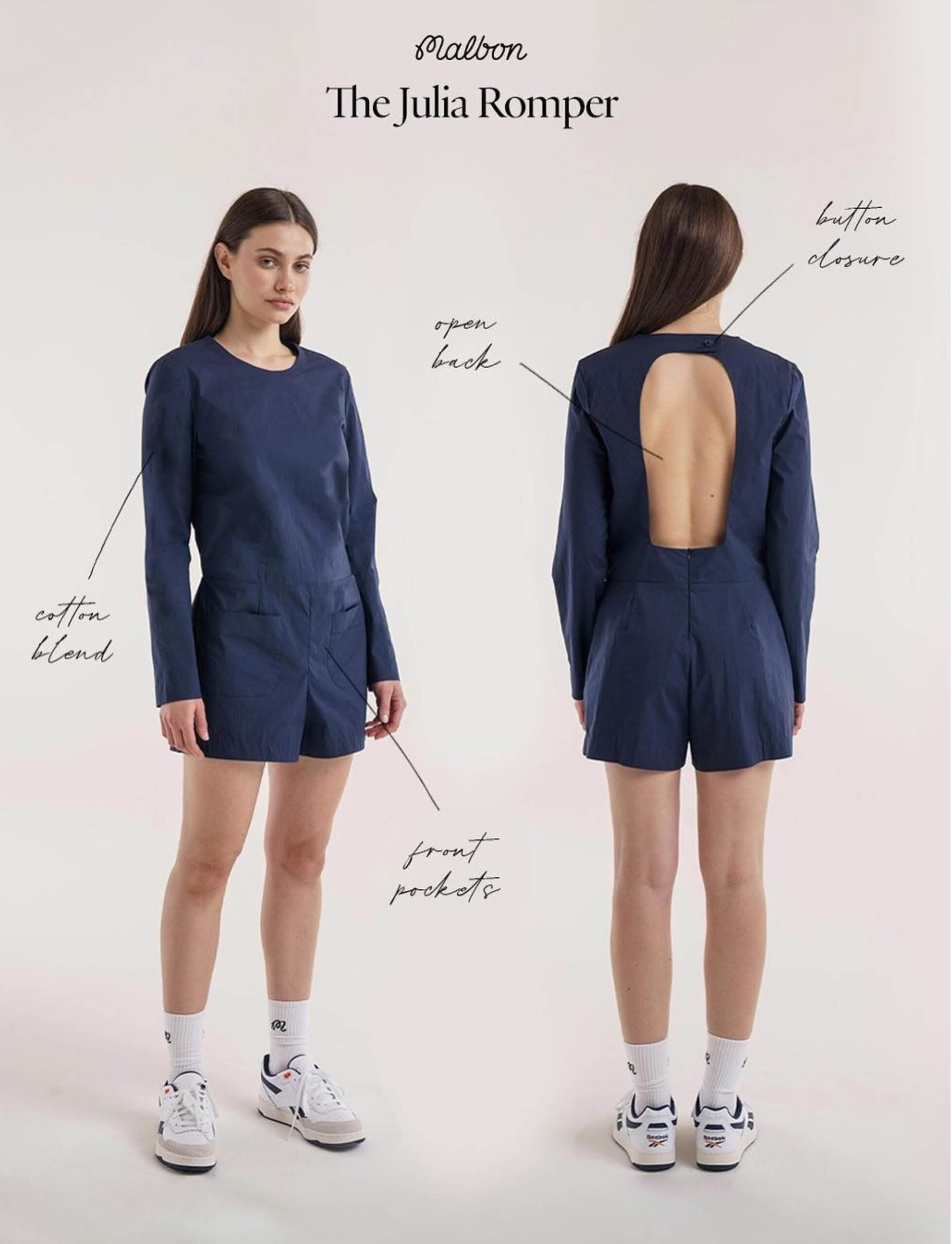
At the professional level, players like Charley Hull, Nelly Korda, and Linn Grant are reshaping the sport. Their success on the global stage challenges long-standing gender norms, making golf more accessible to future generations of female athletes. A study by the University of Limerick also reflects on how the sport, traditionally dominated by men, is influenced by these dynamics. As more women rise to prominence, they are redefining the game and shifting perceptions of women’s participation in golf [2].
There’s also the financial side of golf to consider. Often viewed as a sport for the wealthy, golf comes with its costs—memberships, equipment, and course fees can quickly add up, creating a barrier for many who are inspired by what they see on social media. For young women inspired by influencers and professional golfers, the reality of these expenses can be a bit of a wake-up call. Equipment alone can cost a small fortune, and let’s not forget the rising fees at golf clubs. According to Golf Magic, rounds have become more expensive in 2023, with membership rates climbing as well [3].
Honestly, I think my weekly indulgence at those ‘small plate’ restaurants may have been less costly than getting into golf—though that could have something to do with splurging on a Malbon jumper and skirt. If you’re going to play, you might as well look the part (even if you’re carrying rented clubs from the clubhouse).
As I continued to immerse myself in the world of golf, I realised that its appeal extends far beyond just hitting a tiny ball into a distant hole. It’s about the space it creates—for conversation, for competition, for relaxation. One particularly sunny afternoon, we decided to play a full eighteen holes. At first, I was hesitant, feeling like I wasn’t ‘good enough’ to play a ‘full’ game. But with my friends cheering me on, I went for it. Golf, much like life, is all about perspective. Halfway through the round, I found myself enjoying the slower pace, the quiet focus, and the way the sun reflected off the perfectly manicured grass. Sure, I hit more bad shots than good, but I started to appreciate the rhythm of the game—the balance between mind and body. It felt, dare I say it, almost meditative.
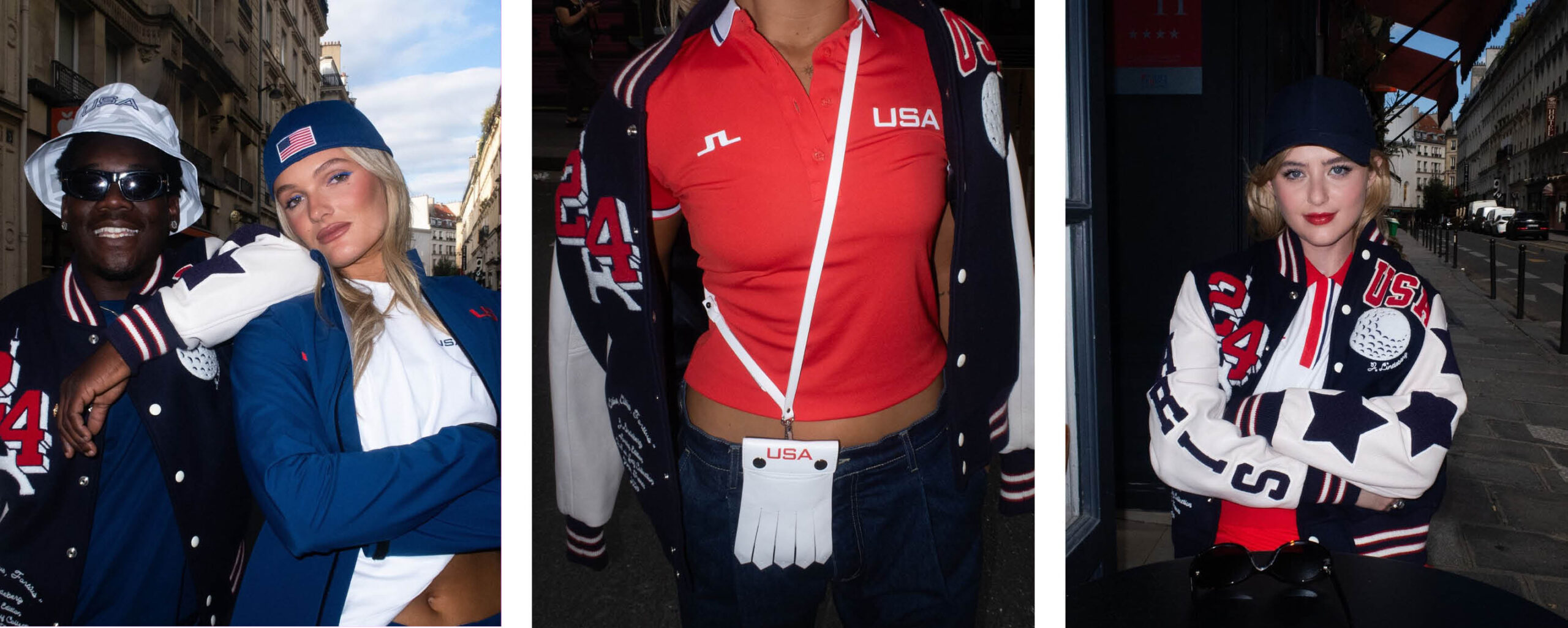
At the end of a long day on the course, we found ourselves sitting outside the clubhouse, wine in hand, watching the sunset. It was then that I realised golf wasn’t just a game for men in bad trousers anymore. It was something I could see myself doing more of—not necessarily for the love of the sport, but for the love of the experience. It was a way to spend time outdoors, challenge myself in new ways, and, perhaps most importantly, connect with my friends.
So, is golf the ultimate cool girl activity? Surprisingly, yes—or at least I think so. Golf has evolved beyond men in polo shirts and khakis debating their swings at the 19th hole. It’s become a game for everyone—especially women—and it’s just as much about the friendships and the social experience as it is about hitting a great shot. Between how women are reshaping the sport and the broader appeal it’s gaining, I’m convinced golf really is the ultimate cool girl activity.
And if you’re still not convinced, just try it. Gather your friends, book a tee time or a driving range bay, and head to the course. Trust me—by the time you’ve hit a few shots, shared some laughs, and finished your round with a drink in hand, you might just find yourself falling for golf the same way I did.
